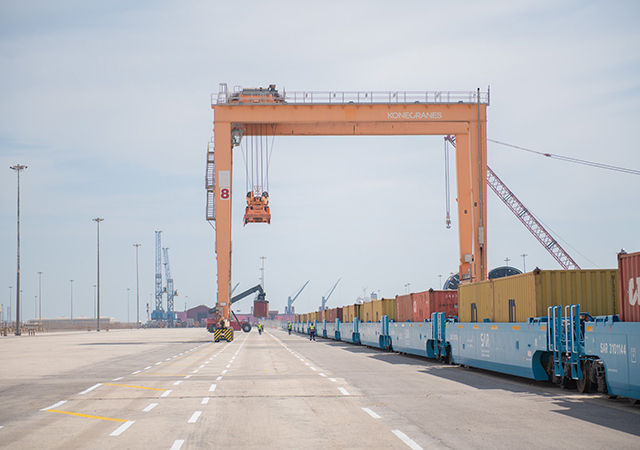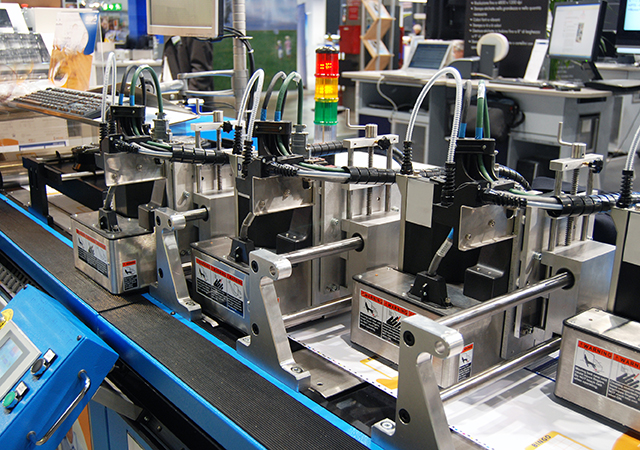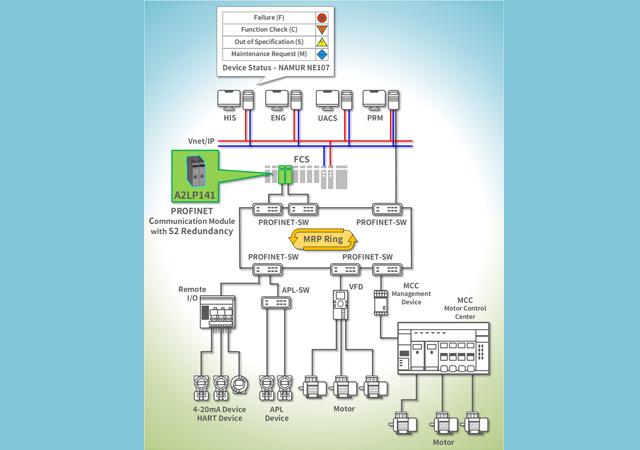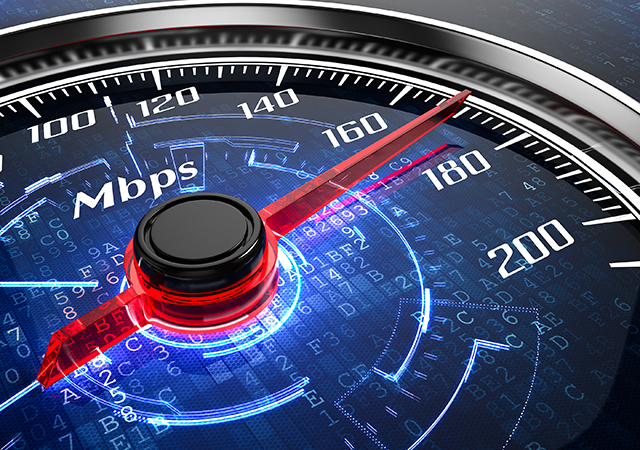
Free-spending US consumers who bought everything from homes to groceries on borrowed money are running out of credit, and paying the bills will cost the world’s biggest economy and its trading partners dearly, says a Reuters analysis.
The housing bust has exposed just how much Americans were relying on rising home values to pad spending and replace traditional savings. During the five-year real estate boom that ended in late 2006, household wealth expanded, retail sales grew faster than income, and savings dwindled.
But as banks restrict access to mortgages, auto loans and credit cards, consumers are altering their spending behavior so rapidly that companies cannot adjust fast enough.
Banks that eagerly handed out credit cards during the good times are reducing credit limits and setting asides billions of dollars to cover losses as customers miss payments.
US automakers are warning of a near collapse in demand because would-be buyers are unable or unwilling to get loans.
Stores are bracing for the worst holiday season sales performance in at least 18 years.
Meredith Whitney, the Oppenheimer & Co analyst who was among the first to warn that banks needed to raise huge amounts of money to offset mortgage losses, worries that cuts to credit limits will constrain already cautious consumers, reinforcing a vicious cycle of bank losses and economic decline.
Over the past decade, American households have piled on $8 trillion in debt, an increase of 137 per cent, twice the gain seen in the size of the economy. At $14 trillion, the debt load is now roughly equal to the entire economy’s annual output.
Much of the increase comes from home mortgages, which have expanded by $6 trillion since 1998, but it also reflects higher balances on credit cards and auto loans.
Despite the expanding debt burden, investors around the world poured money into securities backed by mortgages and credit card receivables for much of this decade, keeping borrowing costs low.
Thanks to the easy credit, US consumers kept increasing their spending throughout the housing run-up, easily exceeding wage growth. Retailers opened hundreds of new stores to fill newly constructed shopping centres. Imports soared, swelling the reserves of exporters such as China. US household savings dwindled to almost nothing.
The Treasury’s decision to use some of its $700 billion rescue package to back consumer lending is likely to fall short until investors have faith that Americans are good credit risks.
That means paring the $14 trillion of debt, but there is no consensus on exactly how much households ought to borrow.
This much is clear: the portion of income that consumers save has steadily declined over the past 30 years from around 10 per cent to near zero, and that trend will be reversed.
Economists think the saving rate will rise to somewhere around 5.0 per cent in the next couple of years. Based on current household income, that would work out to around $500 billion less for consumers to spend, or about six weeks worth of US retail sales on average.
What is most worrisome for the economy is that the reversal is occurring so quickly. Next year may be worse. Credit agency Fitch Ratings expects deeper credit card losses in 2009, and they could reach record highs. Card issuers are trying to cut losses while they can.

















